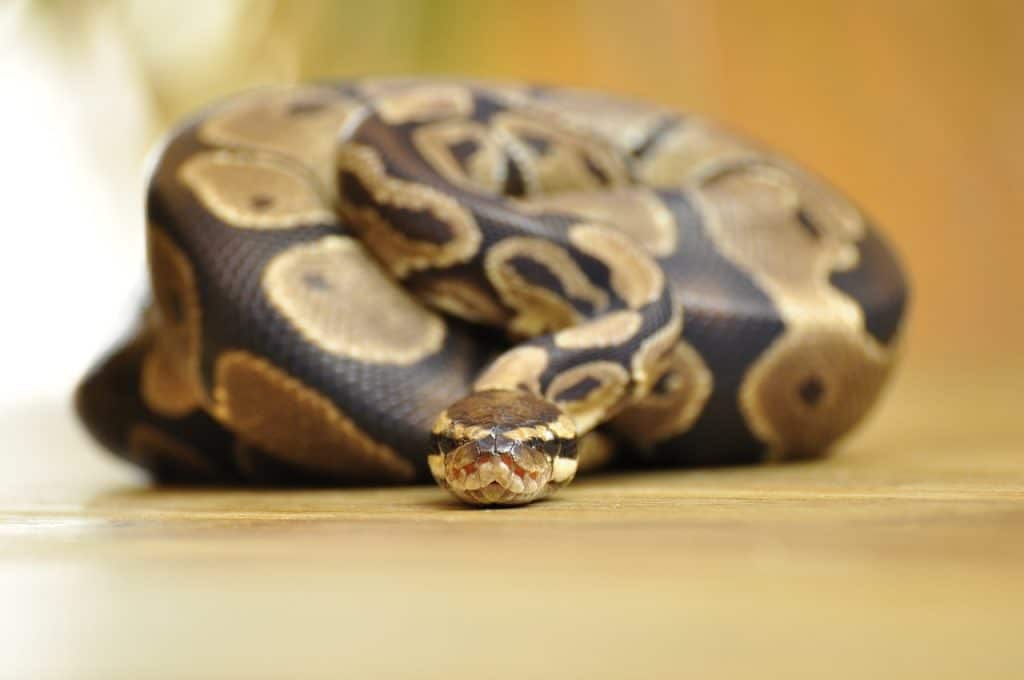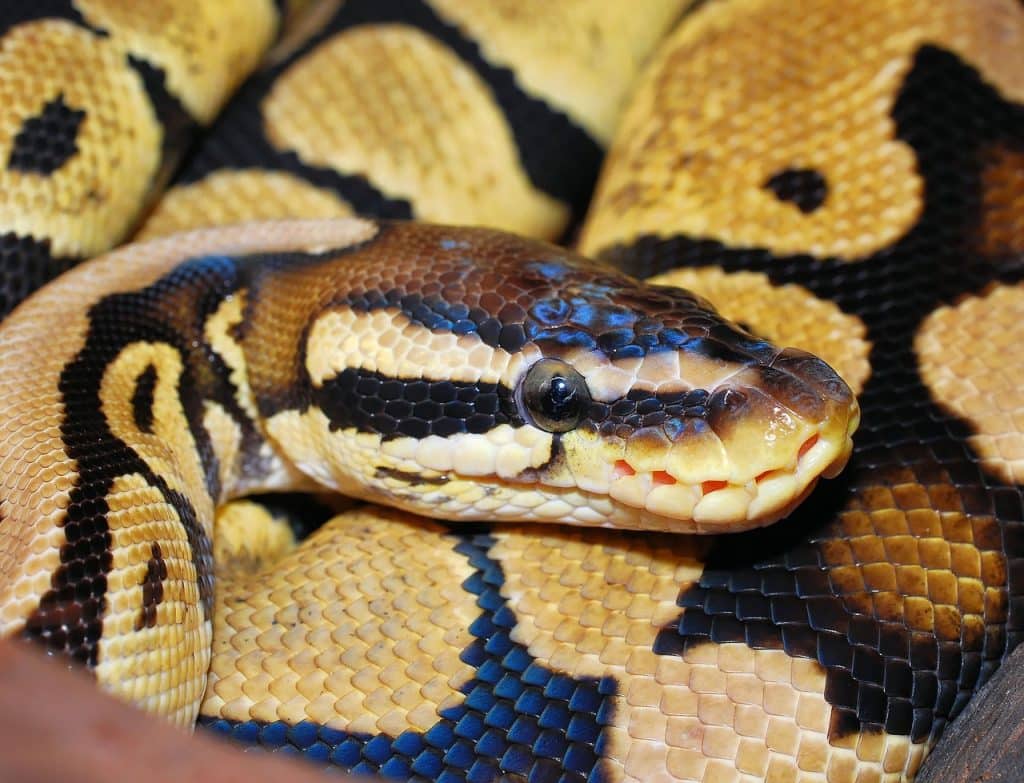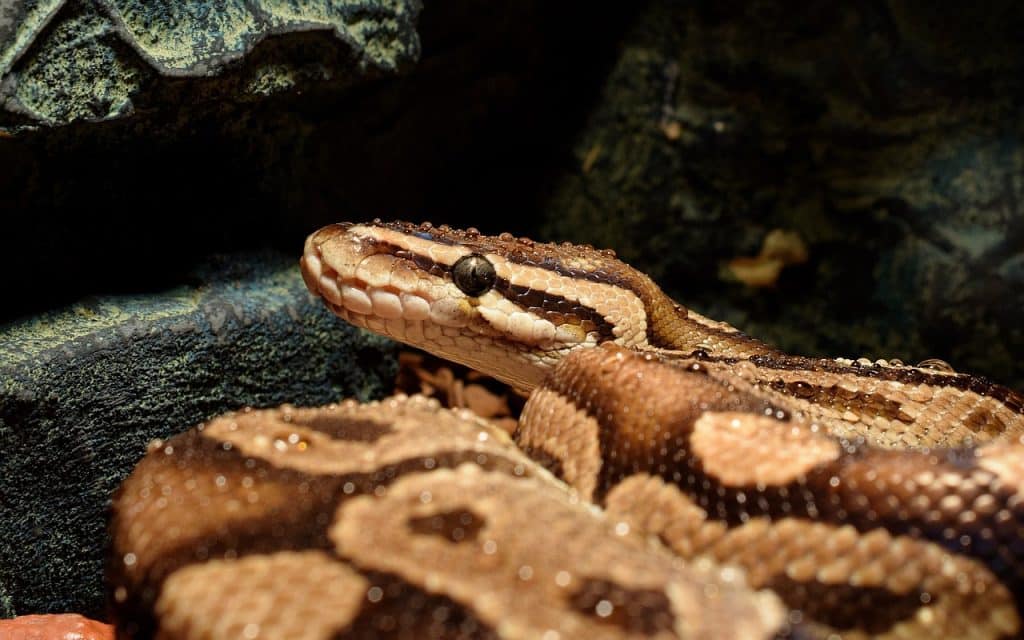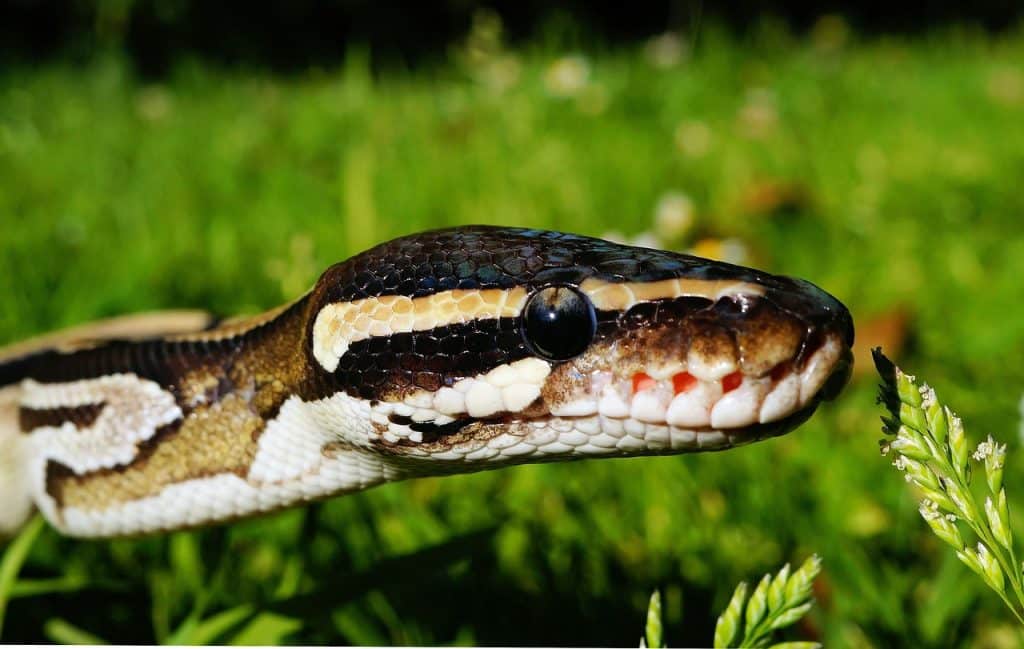
The Ball Python is the most popular type of domestic pet snake in America. Although their name might seem frightening, they are actually quite harmless. They are usually docile and easy to handle. They are easy to care for and can adapt to almost any environment. Ball Pythons can reach a length of 5 feet, so they require more than an aquarium or small box to live in.
What size cage is best for a Ball Python There are a few things to consider when choosing the right size cage for your pet snake. These snakes can live for up to 30 years, sometimes longer. A well-sized habitat is crucial for their health. This article will help you choose the right size cage for your Ball Python.
First, consider their wild nature.
It is essential to know how Ball Pythons live in the wild before you can determine what kind of habitat they need. The habitat of the Ball Python should be large enough to provide food and shelter for them. First, you need to know that Ball Pythons love grasslands like the ones found in their native African lands.
Although they can live together in the wild with their snake friends, they are not social and do not require another snake for survival. They are burrowing animals and sleep during the day while coming out to hunt at night. They have adapted to having many rodents to hunt them and eat when they’re awake. Their habitat will need to be able to support plants, grasses, and some dirt or newspaper shreds for them to dig in.

Next, determine the age of your snake and then start measuring it.
To determine how large your snake’s habitat should be, it is important to know its age. This will help you decide if they need to grow. Ball Pythons can grow up to 4-6 feet in length. If your snake isn’t that long, it could be that they have not yet reached its full potential. There are exceptions to the rule. Some Ball Pythons won’t grow more than 2 to 3 feet.
If your snake is not at least 5-6 feet long, you will need information about its age before making a permanent home. You might waste your efforts and resources if you assume that your snake will grow larger as it matures.
You can provide your snake with new habitats while they are still growing until they reach full size. Once they reach that point, they will be able to move into their permanent habitat. You can also create a habitat large enough to accommodate them when they are fully grown, and you will not have to replace it.
Take a look at this Sizing Chart
There is no standard for habitat size for Ball Python snakes. Although there are no laws or rules regarding this topic, experienced snake owners and breeders can offer some suggestions. The rule of thumb is that your Ball Python needs at least 2 feet of space in length for every 3 feet they are in height.
This is only to keep the snake afloat. For your Ball Python to live happily and healthily all its life, it should have a habitat that is at least 2 feet long for each foot. This is a guideline to help you get started:
| The length of the Snake’s Size | Recommend Habitat Size in Length |
| 1-2 feet | 2 to 4 feet |
| 3-4 Feet | 6-8 feet |
| 5-6 Feet | 10-12 feet |
Smaller snakes will do well in a 20-gallon aquarium, while larger snakes need to be kept in tanks of at least 40 gallons. Because they are ground dwellers, borrowers, and not climbers, the height of their habitat doesn’t have to be spectacular. Ball Pythons don’t climb up, so it is important to consider the length of your cage when choosing the right size cage for you.
We recommend Chewy or PetCo as the best place to buy a ball Python cage.

Finally, outfit the Habitat for optimal comfort and health
You will need to outfit your Ball Python’s cage to ensure maximum comfort and happiness. First, ensure that your Ball Python has access to clean, fresh water. The water should be placed in a bowl that looks like a rock to prevent it from leaking and to give the habitat a natural appearance.
A habitat must also contain at least two hideouts. Ball Pythons love to hide in their hideouts during the day, and burrowing is a favorite activity. You can attach hideouts to the habitat to make sure it doesn’t take up too much ground space.
Your Ball Python’s habitat must also contain a variety of rocks and foliage. This is because they will encounter them in the wild. There are many options, including silk plants, Ficus branches, gym-like habitat rocks, and Ficus roots. It is important to create a habitat that feels like the wild environment your snake might encounter.
The habitat should be filled with substrate. This is a kind of filler nest and mimics what a snake might find in the wild. It traps feces and provides snakes with extra comfort. Dirt or shredded newspapers can be used. You can use dirt or shredded newspaper, but it is more difficult to clean up and replace than other options. Newspapers will also need to be changed frequently.
You might consider investing in commercial substrates such as exotic pebbles. These can be removed from the habitat and washed. Then, they can be put back in when needed. This route will save you the cost of purchasing substrate. Coconut fiber can be used to make shredded substrates that can be recycled and reused as needed.

In conclusion
It is much easier to care for a snake than a dog or cat. Ball Pythons require a long-term commitment as well as a suitable environment to live in. Before you buy a Ball Python, it is important to consider whether this commitment is worth the effort. Are you ready for a new adventure with Ball Python? Please share your ideas with us below in the comments section.
How big should my ball python enclosure be?
Juveniles under 3 feet long can be housed in a 40-gallon enclosure 36″ x 18″ x 18″. Subadults and adults over 3′ long thrive in a 120-gallon (48′′ x 24′′ x 24′′) enclosure or larger.
Do ball pythons prefer big enclosures?
Adult ball pythons do not need particularly large or elaborate enclosures. An adult ball python will fit comfortably in a 36-inch by 18-inch by 12-inch enclosure. Clean your ball python’s enclosure as needed.
Is it possible to feed a ball python something too large?
Snakes have special jaws that allow them to swallow prey larger than their heads, but your snake may struggle to digest large items, resulting in regurgitation. Handling your snake too soon after it has eaten is another common cause of regurgitation.
Is it better to use a heat lamp or a heating pad for ball pythons?
Heat lights, as opposed to heating pads, provide a more natural day/night cycle for your pet snake. You can run two separate heat lights on 12-hour cycles. During the day, leave the daylight heat light on and turn on the night-glo” or the nocturnal red light at night.
Does the size of a ball python’s tank affect its growth?
Even though tank enclosure size will not prevent your snake from growing, there are a number of other factors that can permanently limit your pet snake’s size. These are some examples: Genetics.
When is it inappropriate to handle a ball python?
Finally, don’t handle your python within 24-28 hours of a meal, as this can stress them out and cause regurgitation, which can be fatal. Handle the python only if its eyes have turned blue and opaque.
Can ball pythons fit through small gaps?
Ball Pythons are very secretive snakes that enjoy squeezing into small spaces to feel safe and secure; therefore, a hide is essential to ensure a happy ball python.Ball pythons prefer tall or long tanks. While Ball Pythons can grow to be 54 inches long,
Is it necessary for ball pythons to be exposed to direct sunlight?
Other than ambient room light, your ball python does not require anything to survive. Whether you keep your pet in an aquarium or a small plastic storage box, the light passing through the enclosure walls will be sufficient for him to see and move around.
Plants are required for ball pythons?
Plants are especially beneficial to ball pythons because they provide security and cover, natural textures, and opportunities for exercise. Live plants appear to be recognized and responded to well by ball pythons. Heavy-duty plants are recommended to withstand the snake’s weight and activity level.